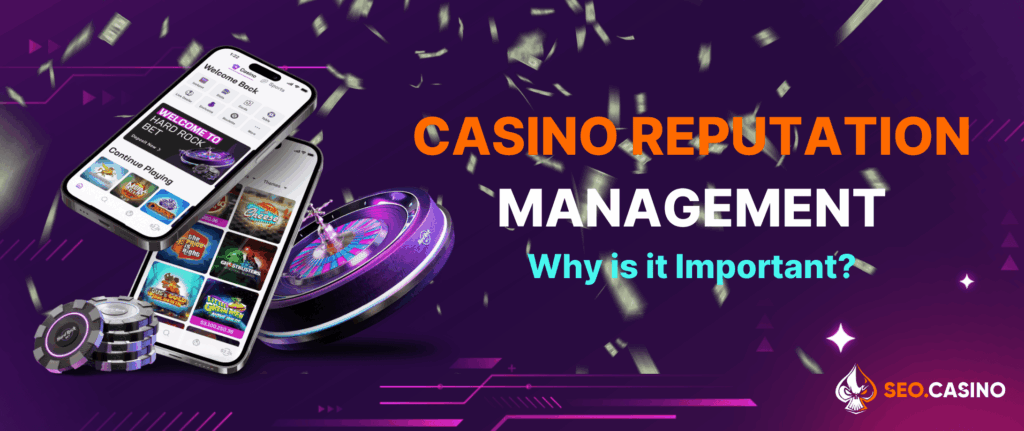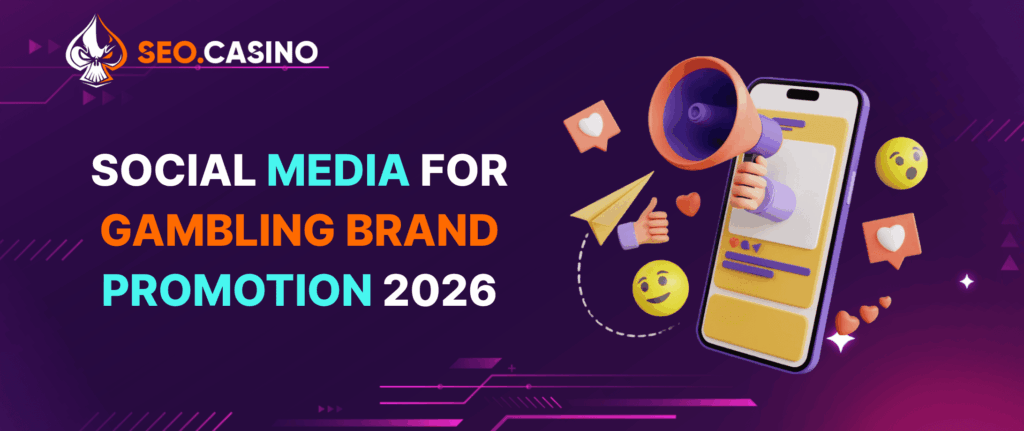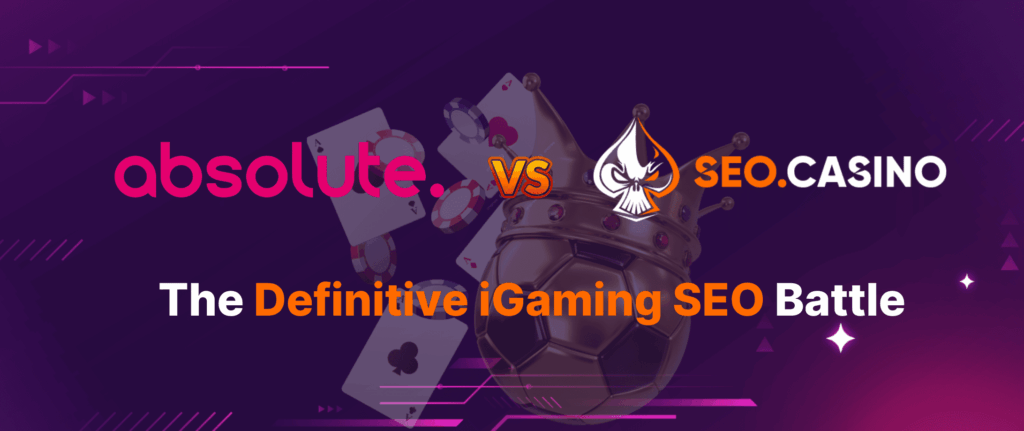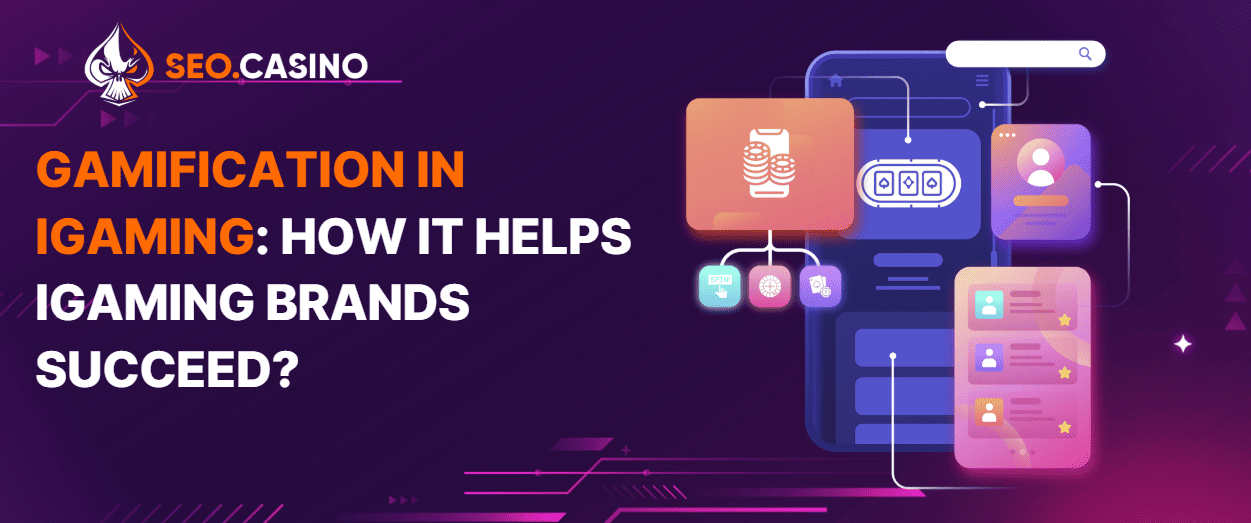
- What is Gamification?
- How Does It Help iGaming Brands Succeed?
- The Importance of Gamification for Online Casinos
- Top Trends in Casino Gamification 2025
- The Psychology Behind Gamification: How It Works
- Pros and Cons of Gamification
- Benefits of Gamification for iGaming Players
- AI + Gamification
- Conclusion
The road to success in the very competitive iGaming sector might be difficult. Using gamification is one tested and rather well-liked strategy. Including game-like components and dynamics into their loyalty programs can help iGaming companies greatly increase user involvement, retention rates, and provide unique experiences. This article delves into the definition of gamification, shares examples of gamification, and explains why gamification is a key tactic for iGaming companies striving to thrive in this dynamic market.
What is Gamification?
Gamification is the application of game-design features and gaming concepts in non-game environments, therefore bringing enjoyable and interesting game-like experiences into regular life. These components not only make regular chores more fun but also encourage user involvement and loyalty. This article will explore the gamification definition, its key features, and its transformative potential, particularly in the rapidly evolving iGaming sector.
1. Elements of Game Design: Gamification uses points, badges, leaderboards, challenges, and prizes to produce an experience akin to game play. These elements are meant to inspire communication and a feeling of success.
2. Driving Motivation and Engagement: Gamification’s capacity to inspire drive by a sense of success or rivalry is a main factor behind it. Players might get points, for instance, by finishing levels in an online puzzle or scoring highly on digital slot machines. Often these acquired points unlock unique features, give access to exclusive games, or offer other motivating rewards.
3. Understanding Behavioral Psychology: To influence user behaviour, gamification draws on behavioural psychology more notably, reward-based motivation. Fitness applications, for instance, give badges for meeting exercise goals, so motivating users to keep regular. IGaming systems also apply this idea to give players bonuses, achievements, or customised incentives.
4. Broad Uses of Gamification: Gamification goes beyond internet environments. It is embraced somewhat extensively in fields including business, marketing, health, and education. Companies utilise gamified systems, for example, to improve employee performance; educational apps give pupils customised tasks to support their development.
5. Advancements in Technology and Innovation: Incorporating ideas like virtual reality (VR), augmented reality (AR), and advanced analytics, modern technology has gamification taken to new heights. Particularly in sectors like iGaming, where a virtual casino or dynamic slot game can whisk users into a whole other universe, these developments produce more immersive and interesting experiences.
6. Tailored Experiences and Personalization: Personalization is a cornerstone of gamification. Tailoring the user experience ensures challenges and tasks are relevant to each individual. For example, a learning app may adjust its content as users improve, while iGaming platforms often provide personalized rewards and challenges to enhance the player’s journey.
7. Gamification in iGaming: In iGaming, gamification not only provides entertainment value but also a strong commercial tactic. Gamified components such bespoke point systems, challenges, and awards add even more thrills for users. These technologies give a customised and fulfilling experience since they are made to fit player activities.
Gamification software further enhances the user journey with intuitive interfaces, making iGaming accessible and enjoyable for players of all skill levels. This inclusivity helps attract new users and retain existing players, ensuring continued engagement.
Additionally, gamification in iGaming platforms fosters customer retention through features like virtual items, unique scenarios, and tiered challenges. The gamification engine supports business goals, including improving the learning process, boosting employee performance, and increasing player loyalty, all of which contribute to the overall success of iGaming businesses.
How Does It Help iGaming Brands Succeed?
For iGaming companies, gamification is now a game-changer since it improves player involvement and loyalty. Operators construct immersive experiences that enthral players returning by include components like leaderboards, challenges, and individualised prizes. These characteristics not only increase interaction in gameplay but also inspire users to spend more time on the platform, therefore enhancing lifetime value and retention rates.
Gamification also gives operators insightful analysis of player behaviour, which helps them to create plans appealing to their target market. Customised gamification techniques help gamers feel appreciated and connected by encouraging community and accomplishment. Engagement, loyalty, and actionable data taken together will help iGaming brands to succeed in a very competitive sector.
The Importance of Gamification for Online Casinos
The iGaming market is fiercely competitive, hence operators that want to stand out must provide engaging experiences that enthral gamers returning for more.
Gamification components include leaderboards, challenges, and incentives will help casinos greatly increase player involvement and lifetime value. These interactive elements help users to develop loyalty in addition to making the gaming experience more thrilling.
Top Trends in Casino Gamification 2025
1. Personalized Gaming Powered by AI
Artificial Intelligence (AI) is revolutionizing how casinos implement gamification. By analyzing player behavior, AI can deliver personalized challenges, promotions, and real-time rewards tailored to individual preferences. This level of customization not only boosts engagement but also strengthens player loyalty by offering unique and relevant experiences.
2. Blockchain: Ensuring Transparency and Fair Play
Blockchain technology is transforming trust in iGaming by ensuring provably fair gaming. Every gaming transaction is securely recorded on a transparent blockchain ledger, providing players with unparalleled confidence in the fairness and integrity of the games. This innovation fosters trust and encourages long-term player relationships.
3. Social Sharing & Building Community Engagement
Modern players thrive on social connections and competition. Casinos can capitalize on this by incorporating social leaderboards, live-streaming, and community-driven rewards, enabling players to share achievements and challenge friends. These features drive community engagement and create a ripple effect of word-of-mouth marketing, which enhances player retention.
4. Gamification with a Mobile-First Approach
With mobile gaming dominating the industry, a mobile-first approach to gamification is essential. Features like push notifications, in-app leaderboards, and instant rewards ensure a seamless and engaging mobile experience. Optimized gamification on mobile devices helps operators capture the attention of on-the-go players while increasing their time spent in-game.
5. Gamification for Responsible Gambling
Balancing engagement with player well-being is crucial. Smart gamification integrates features like self-exclusion tools, loss-limit systems, and positive reinforcement techniques to promote responsible gambling. These tools empower players to stay in control, fostering trust and sustainability within the iGaming ecosystem.
The Psychology Behind Gamification: How It Works
Gamification taps into core psychological principles to inspire user motivation and foster connections. Here are some of the key concepts at play:
- Rewards: Instant rewards and gratification reinforce positive behavior and keep users engaged.
- Competition: Features like leaderboards and challenges appeal to players’ competitive instincts, driving participation.
- Achievement: Progression through badges and levels gives users a rewarding sense of accomplishment.
- Social Interaction: Social elements, such as collaboration, self-expression, and community engagement, enhance the overall experience.
By applying these psychological principles, gamification transforms routine tasks into dynamic and enjoyable experiences, making learning and participation feel more like playing a game.
Pros and Cons of Gamification
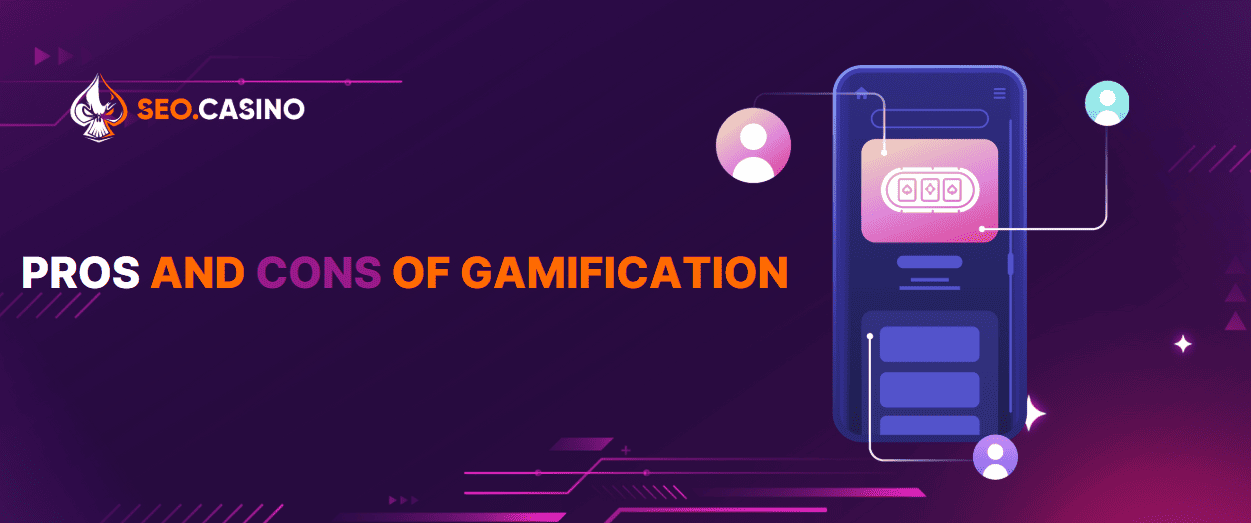
Gamification is now widely implemented across various industries, bringing both positive and negative impacts. Here are some of the key advantages and disadvantages of gamification.
Gamification Advantages
Gamification often yields positive results by enhancing user engagement, boosting motivation, and improving learning experiences. Here are some of the key benefits of incorporating gamification:
- Enhanced Engagement: Gamified systems are more effective at keeping users actively involved.
- Boosted Motivation: Clear goals and rewarding systems inspire users to complete tasks and stay focused.
- Fostering Creativity: Gamification supports structured brainstorming, helping generate innovative ideas.
- Skill Building: Interactive gamified experiences aid in the development of new skills and the improvement of existing ones.
- Encouraging Positive Behaviors: Gamification promotes beneficial behavioral changes through engaging mechanics.
- Actionable Insights: Businesses can leverage data from gamification to better understand customer behavior, optimize operations, and uncover new marketing opportunities.
Gamification Disadvantages
While gamification offers numerous benefits, it also comes with certain challenges. Here are some of the key drawbacks of using gamification:
- Over-justification: Over-relying on rewards can diminish intrinsic motivation, turning users into “bonus seekers” rather than loyal participants.
- Lack of Effectiveness: If poorly designed, gamification may fail to engage users and achieve its intended goals.
- Limited Appeal: Not all users are drawn to gamified systems, especially those who feel pressured by competition or are uninterested in reward-based structures.
- Reliance on Quality Content: Without a strong core product or compelling content, even the most creative gamification strategies may fall short.
- Superficial Engagement: Users might prioritize rewards over meaningful engagement with the product or experience.
- High Costs: Developing and maintaining gamified systems can require significant time, effort, and financial investment.
Benefits of Gamification for iGaming Players
Features like achievements, leagues, and tournaments help players feel connected to a community while fostering healthy competition. This sense of belonging enhances satisfaction when players reach milestones.
As highlighted in our analysis of iGaming trends in 2024-2025, gamification’s positive psychological reinforcement provides players with an exciting sense of accomplishment whether it’s beating the system, reaching a milestone, or unlocking an exclusive feature. Even small touches, such as celebratory fanfares for surpassing a betting threshold or marking a registration anniversary, create a feeling of being valued and part of something bigger. This attention to detail strengthens player loyalty and engagement.

AI + Gamification
Artificial intelligence (AI) is generating extremely customised experiences that revolutionising gaming. Analysing user behaviour allows artificial intelligence to customise gamification components to fit personal tastes, hence greatly increasing engagement and efficacy.
Furthermore, artificial intelligence is also important for controlling gamification systems since it offers capabilities to examine big amounts of data and provide insightful analysis. AI-powered solutions can spot trends, project player behaviour, and suggest best moves. This helps marketers to design customised gamification experiences fit for every player’s particular requirements and preferences, therefore improving the gamification’s whole influence in iGaming and other fields.
Conclusion
Implementing gamification in the iGaming industry is a powerful strategy for enhancing player retention and boosting revenue. However, successful implementation requires a deep understanding of your customer base. Personalizing gamification mechanics such as journey mapping, gameplay elements, and rewards based on player segmentation is crucial. Players should clearly perceive the value offered to them and understand the path to achieving their rewards.
Recognizing the need for gamification is just the beginning. The real challenge lies in its effective implementation and ongoing maintenance within your sportsbook or online casino. If you’re aiming to elevate your iGaming operations but require expert support, SEO.Casino offers the technology and experience to make it happen. With 14 years of experience in promoting online casinos and bookmakers across the CIS, Europe, Asia, and Latin America, SEO.Casino specializes in enhancing player acquisition, reviving traffic, and amplifying organic visibility.
By partnering with SEO.Casino, you can leverage their expertise to implement effective gamification strategies that resonate with your target audience, ultimately driving engagement and success in the competitive iGaming landscape.



